Tax Savings for Students: American Opportunity Tax Credit and Lifetime Learning Credit
For students in higher education, or households with students as dependents, there are two tax credits which can help reduce what your family owes for the 2021 tax year. While the American Opportunity Tax Credit (AOTC) and the Lifetime Learning Credit (LLC) each share much in common, they also each have their own qualifications for who may apply them to their tax return, and how. Both credits have an income phase-out although the limits differ.
American Opportunity Tax Credit
The AOTC is a partially refundable credit which covers up to $2,500 in undergraduate costs per student for their first four years of school. The credit covers 100% of the first $2,000 spent on qualified education expenses and 25% of the next $2,000 making the maximum potential credit $2,500. Not all students will qualify for the full credit.
The AOTC can be applied to all members of your household who qualify under all the requirements below. This means you can potentially apply the AOTC for expenses paid for yourself, your spouse, and your dependents. For example, If you have two children currently attending their first four years of pos-secondary education and you have paid over $4,000 in tuition and other qualified expenses for each of them individually, you may be able to claim a total of $5,000 in AOTC credit.
Income limits
This credit phases out based on your modified adjusted gross income (MAGI). If your MAGI is below $80,000 (or $160,000 if you are filing a joint return), you can claim the full amount of the credit that your expenses qualify for. However, if your MAGI is more than this limit, the amount of the deduction you can claim reduces. Filers whose MAGI is over $90,000 (or $180,000 if you are filing a joint return), will not be able to claim the deduction at all.
Requirements to claim the credit
If you would like to claim this credit for post-secondary education expenses for 2021, you will need to meet all the following requirements:
- The student must be enrolled in a program that works toward a degree or credential at a federally recognized institution. To find out if your school qualifies, ask your school, or search for your school’s Federal School Code using the tool available on the Federal Student Aid website
- The student must be attending school for at least one academic term and for at least half-time within all terms
- The student cannot have completed the first four years of a post-secondary degree or credential program before the end of the tax year
- The student must have a Form 1098-T provided by their institution showing the total tuition received
- The taxpayer is not filing using the married filing separately status
- The taxpayer is not listed as a dependent on another person’s tax return
Covered expenses
The credit covers expenses specific to education costs such as tuition, mandatory enrollment fees, and course materials. Expenses not covered by the credit include housing costs and optional fees such as a school gym membership.
Partially refundable
The AOTC is 40% refundable, which means that up to 40% of the credit may be refunded to you if you do not owe any federal income tax. The refunded portion counts as a tax overpayment when it is paid to you.
Lifetime Learning Credit
The LLC is more flexible than the AOTC for which students may qualify, but it is more limited in the amount of expenses that may be covered by the credit. This credit covers 20% of qualified post-secondary education costs up to $10,000, making the maximum potential credit $2,000. Like the AOTC, the LLC can be applied to multiple students’ expenses within a taxpayer’s household, however the maximum credit of $2,000 applies to the entire tax return rather than to each student claimed on your return.
Income limits
This credit phases out based on your modified adjusted gross income (MAGI). If your MAGI is below $59,000 (or $118,000 if you are filing a joint return), you can claim the full amount of the credit that your expenses qualify for. However, if your MAGI is more than this limit, the amount of the deduction you can claim reduces. Filers whose MAGI is over $69,000 (or $138,000 if you are filing a joint return), will not be able to claim the deduction at all.
Requirements to claim the credit
The Lifetime Learning Credit can be applied to any tax year in which expenses were paid toward education for a member of your household, with no limits on how many years it is claimed, or minimum amount of time enrolled in courses. Students will need to meet the following requirements to claim the credit:
- The student must be enrolled in a program that works toward a degree or credential or to improve job skills at a federally recognized institution. To find out if your school qualifies, ask you school, or search for your school’s Federal School Code using the tool available on the Federal Student Aid website
- The student has received Form 1098-T, or if the institution is not required to send Form 1098-T, you can demonstrate they were enrolled and paid for qualified expenses
- The taxpayer is not filing using the married filing separately status
- The taxpayer is not listed as a dependent on another person’s tax return
The LLC can help cover costs for those who cannot claim the AOTC due to stricter eligibility requirements as well as for people who are attending graduate school or individual courses to improve job skills.
Covered expenses
The credit covers expenses specific to education costs such as tuition, and mandatory enrollment fees. Course materials which you are required to purchase directly from the school in order to enroll may count. Expenses not covered by the credit include housing costs and optional fees such as a school gym membership.
Claiming the credits
It is important to know that you may be able to claim both credits on your return if you have multiple students in your tax household. However, both credits cannot be applied to the same student.
Understanding the rules for these credits, and the differences between them, can be challenging. The IRS has a useful chart directly comparing each of the requirements and limitations on the credits available for you to review. Your tax preparer will be able to help you determine how best to take advantage of the credits and deductions available to your situation for the 2021 tax filing.
This material is generic in nature. Before relying on the material in any important matter, users should note date of publication and carefully evaluate its accuracy, currency, completeness, and relevance for their purposes, and should obtain any appropriate professional advice relevant to their particular circumstances.
Share Post:




